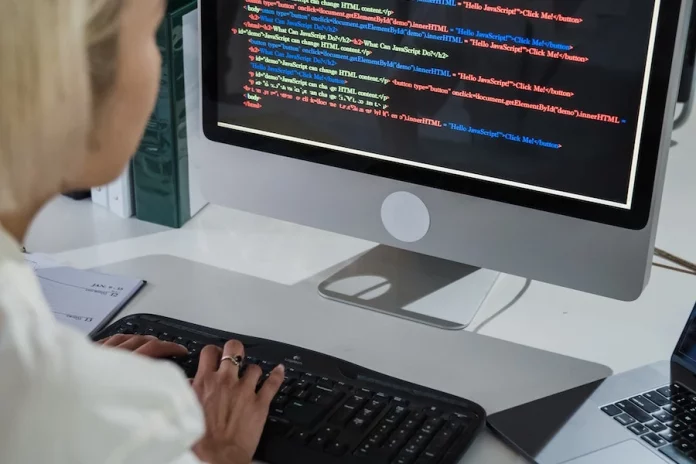The process of developing software applications used in the retail sector to enhance customer experience, simplify processes, and boost sales is known as “retail software development.” The creation of retail-specific software applications requires the use of software development processes, programming languages, and tools.
What Is Retail Sector?
Understanding the retail business and its particular problems is crucial before starting the process of developing retail software. The retail sector is complex and encompasses several different processes, including customer service, inventory management, and sales monitoring. Moreover, retail enterprises must contend with issues including fierce competition, shifting consumer needs, and unstable markets. Retail software development services can help navigate these challenges. These services provide customized software solutions that are designed to address the specific needs of the retail industry.
The Software Development Project’s Planning
Planning the project is the initial phase in the creation of retail software. This includes laying up the project’s specifications, establishing project deadlines, and assigning resources. To comprehend the demands of the business stakeholders and produce a thorough project strategy, the development team should collaborate closely with them.
1. Designing The Software Program
A software application’s blueprint is created during the design phase. To show how the program will appear and work, the development team should provide wireframes and prototypes. They should also develop a user interface that is simple to use and intuitive. The design should include the user demands, the business requirements, and the most recent design trends.
2. Creating the Software Program
The software program is constructed during the development stage by the design requirements. The development team should provide well-organized, modular code that is simple to change. To properly manage the code and cooperate, they need also to employ version control systems. To guarantee that the development process is quick and effective, the development team should also adopt software development approaches like Agile, Scrum, or Waterfall.
3. Software Application Testing
The testing phase comprises making sure the software program is operationally sound and adheres to the project specifications. To find and address any faults or problems, the development team should do unit testing, integration testing, and system testing. To make sure that the software application is dependable and satisfies the demands of the business stakeholders, testing is essential.
4. The Software Application’s Deployment
The software program is released to production at the deployment stage. The software program should be implemented properly and integrated with the current infrastructure, according to the development team. To guarantee that end customers can use the software program properly, they need also to provide training and assistance.
Important Retail Software Development Elements
POS (Point of Sale) System
A POS system is a piece of software used to control sales transactions. Retail companies may monitor sales, inventory, and customer information with the use of a POS system. For retail enterprises to run their operations more effectively, a POS system is crucial.
System for Managing Inventory
A piece of software called an inventory management system is used to control inventory levels. Retail organizations can maintain inventory levels, handle orders, and avert stockouts with the use of an inventory management system. A retail company needs an inventory management system to make sure they have the appropriate items in stock at the right time. To keep the software program current and useful, retail software development services might also provide continuing support: https://digitalsuits.co/
System for Consumer Relationship Management
A CRM system is a piece of software used to handle client information. Retail companies may manage client interactions, collect customer data, and enhance the customer experience with the use of a CRM system. For retail organizations to develop lasting connections with their clients, a CRM system is crucial.
Conclusion
In conclusion, the creation of retail software is a difficult process that includes planning, designing, creating, testing, and deploying. For retail enterprises, the development of retail software is crucial since it enables them to simplify processes, enhance customer satisfaction, and increase sales. The creation of retail-specific software applications requires the use of software development processes, programming languages, and tools.












